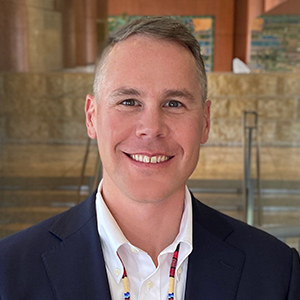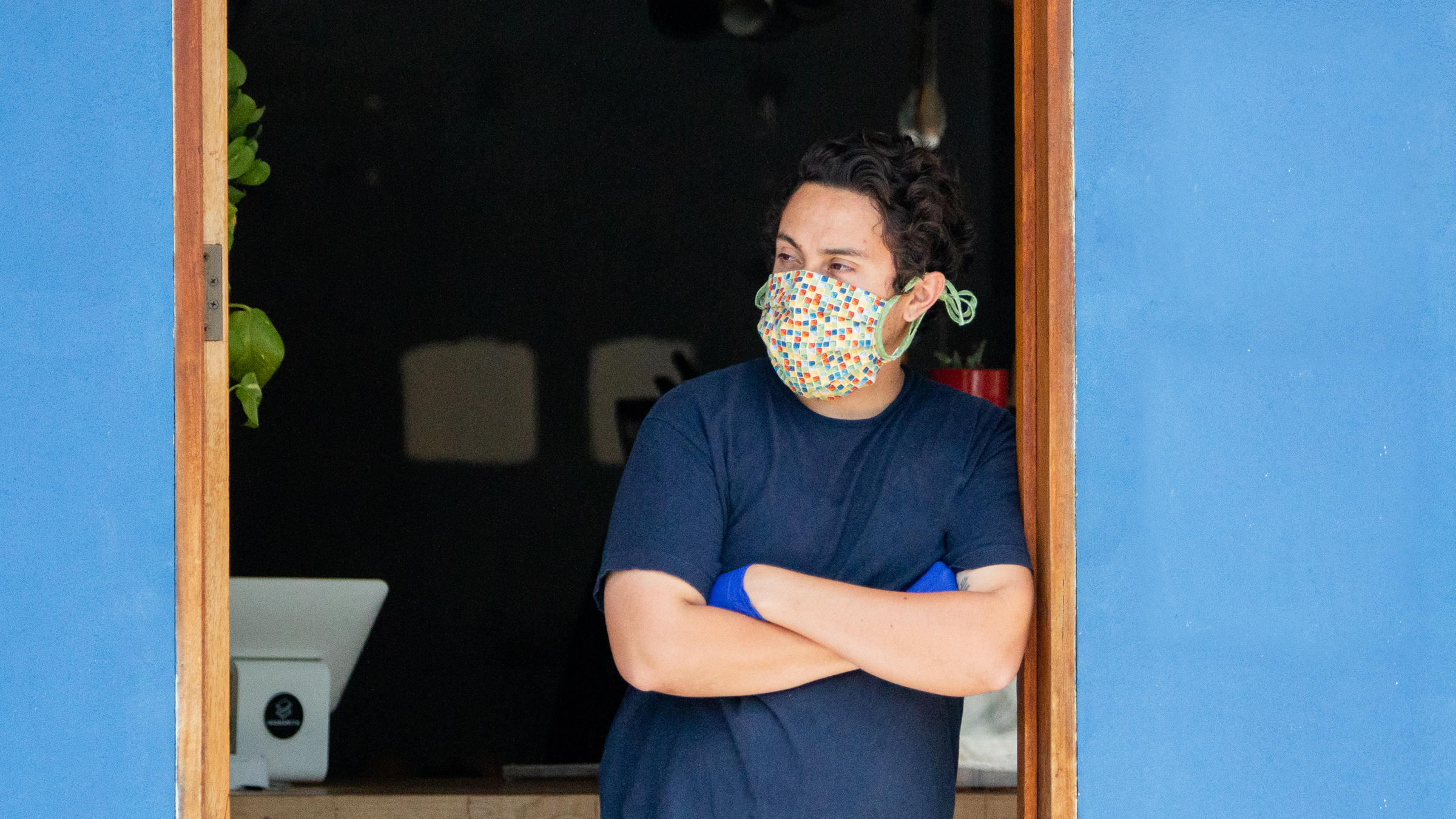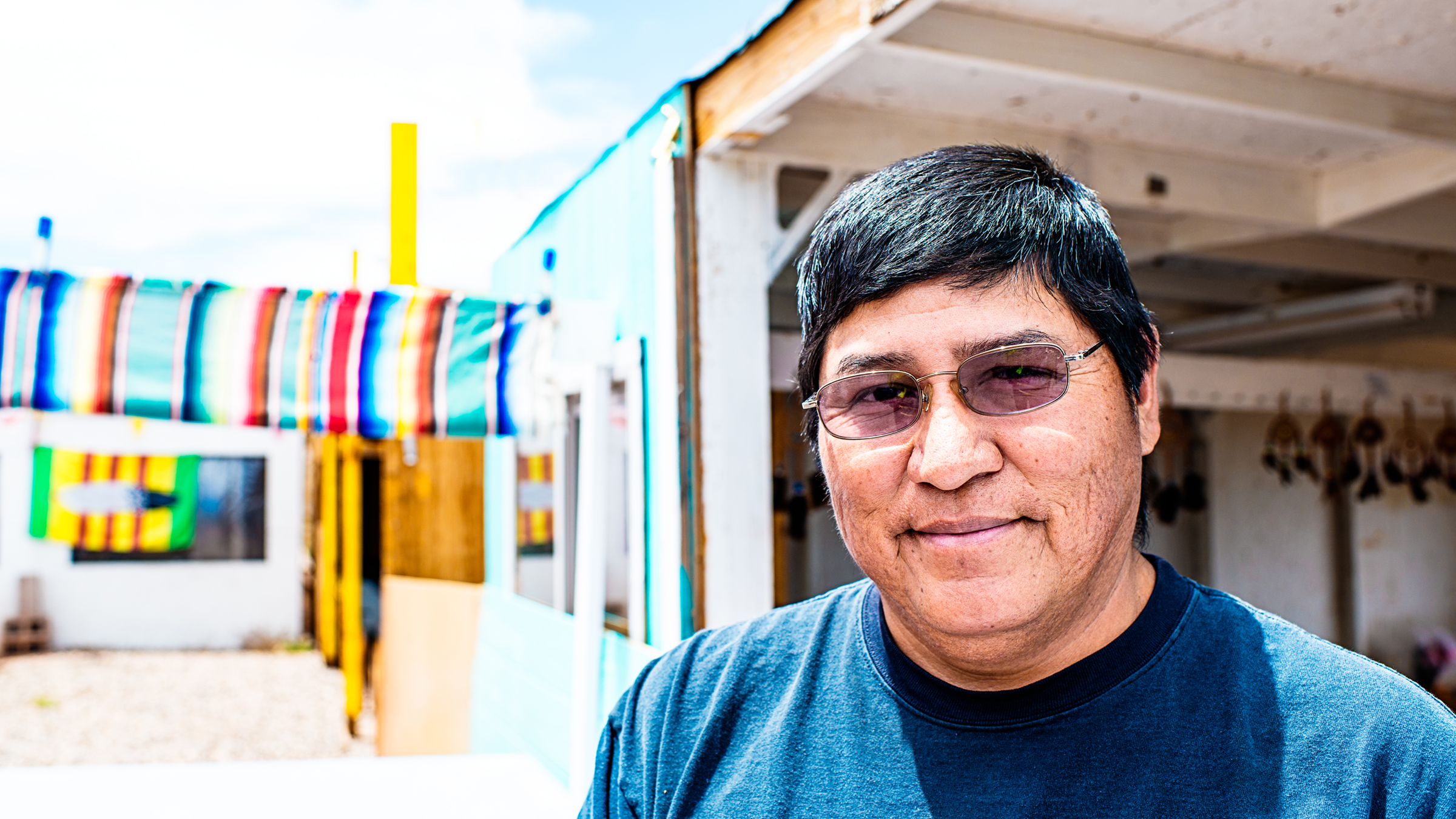Millions of small businesses received economic assistance through the Paycheck Protection Program (PPP), the signature business-relief program established by the Coronavirus Aid, Relief, and Economic Security (CARES) Act, which was enacted on March 27. However, small businesses in tribal areas were less likely to receive assistance from the PPP. And when businesses in tribal areas did receive PPP assistance, they tended to receive less than businesses in non-tribal areas.
To what extent did PPP reach borrowers in tribal areas?
Congress intended the PPP to serve the important purpose of preserving employer-employee linkages during temporary business closures stemming from the COVID-19 pandemic. By providing employers loans that were forgivable on the condition of retaining or rehiring pre-pandemic employees, the PPP gave those employers a direct incentive to maintain their employee rolls. Cutting out the need for employers to hire and train new employees upon re-opening could then potentially facilitate a faster recovery than would otherwise have been possible.
The U.S. Small Business Administration (SBA) approved more than 5.2 million PPP loans worth $525 billion to eligible small businesses.1 Small businesses located in tribal areas—that is, geographic areas that include federal Indian reservations and designated tribal statistical areas—received 62,000 loans worth a little more than $6 billion, or just over 1 percent of both total loans and total dollars approved through June 30. In our analysis of PPP loans, we focus on small businesses in tribal areas and do not account for the race of the business owner. We recognize that businesses owned by tribal members may fare differently than those owned by non-tribal members; however, that level of detail is not available in the PPP loan data.
We break tribal areas down further into two geographic categories: tribal areas except Oklahoma Tribal Statistical Areas (OTSAs), and OTSAs themselves. Encompassing most of Oklahoma, the OTSAs likely include an unusually large number of PPP loans received by non-tribal and non-Native borrowers.2
| Area type | Total value of loans | Number of loans |
|---|---|---|
| Non-tribal areas | $565,529,000,000 | 4,780,416 |
| Tribal areas (except Oklahoma Tribal Statistical Areas, or OTSAs) | $2,644,000,000 | 23,926 |
| OTSAs | $3,460,000,000 | 38,242 |
PPP loans were substantially less common in tribal areas than in non-tribal areas.3 Outside of tribal areas, 21 percent of businesses benefited from a PPP loan. By contrast, only 18 percent of businesses in tribal areas—excluding those in Oklahoma—did the same. If these businesses had received loans at the same rate as those in non-tribal areas, lenders would have made an additional 4,100 PPP loans in tribal areas. (Note that we include businesses with no employees, which leads our take-up estimates to be substantially lower than others that restrict focus to employers.)4
Borrowers in tribal areas tended to receive smaller loans than borrowers in non-tribal areas. The median loan within tribal areas ($24,200) was about 4 percent less than the median loan in non-tribal areas ($25,135). Similarly, the average loan within tribal areas ($110,495) was about 7 percent less than the average loan outside of tribal areas ($118,301).
PPP loans in tribal areas tended to be smaller and fewer businesses received them
- Non-tribal areas
- Tribal areas (except Oklahoma Tribal Statistical Areas, or OTSAs)
- OTSAs
Note: Only firms with 500 employees or fewer are included. Individual loan values above $150,000 in the public-use data are only reported in bins, which affects the precision of the estimates in this figure.
Source: SBA 2020, NETS 2014, and authors’ calculations.
How did borrowers fare in places with high shares of Native Americans?
While the analysis above compared PPP lending inside and outside tribal areas, we also compared census tracts by the proportion of Native American residents. Places with high shares of Native American residents, whether inside or outside of tribal areas, received substantially fewer PPP loans than places with small shares of Native American residents. In census tracts where at least 50 percent of residents are Native American—which are home to more than 500,000 Native Americans—only 12 percent of firms received PPP loans. By contrast, 20 percent of firms received loans in tracts with 5 percent or smaller Native population shares.5
What could be limiting the PPP participation of businesses in tribal areas?
One impediment to PPP borrowing in tribal areas could be differential access to lenders: in order to benefit from the PPP, a business needed to have access to participating lenders. Other research suggests that the availability of certain types of PPP-participating lenders was crucial to whether local borrowers received loans. Previous work from the Center for Indian Country Development (CICD) raised concerns—based on the scarcity of pre-pandemic SBA loans made in close proximity to tribal areas—that businesses in those areas would have difficulties in accessing the PPP.
Another impediment to PPP borrowing in tribal areas could be PPP eligibility criteria that disproportionately affect Indian Country businesses. For example, gaming enterprises were originally ineligible for PPP loans—an exclusion that disproportionately affected Indian Country, since Indian gaming enterprises are one of the largest Indian Country employers.6 While an exception for legal gaming went into effect on April 24, Indian gaming enterprises (specifically, those that have 500 or fewer employees and would be otherwise eligible for a small business loan) could not initially apply for PPP loans, leaving those that eventually did apply at the back of the queue.7
How could government aid reach businesses in tribal areas more effectively?
Our analysis suggests that the following actions could help make successor programs to the PPP more accessible in Indian Country.
Strengthen relationships between small businesses and lenders. Businesses need access to high-quality financial services. A recent CICD survey found that only one-third of Indian Country businesses reported having a strong relationship with a lender. Robust lender relationships, which help businesses in any economic circumstances, are especially crucial when lenders are delivering federal aid.
Design programs that address the unique needs of businesses in tribal areas. If federal programs like the PPP do not erect artificial barriers to the participation of businesses in tribal areas, more loans can reach those areas. Even though the CARES Act intended to include tribal businesses from all industries,8 Indian gaming enterprises, which are among the largest employers in Indian Country, could not access the initial round of PPP loans.
Expand program flexibility to reach businesses in tribal areas. Additional flexibility in the use of the loans could attract more small businesses in tribal areas. One such possibility would be to marginally relax the requirement that a certain portion of a loan must be used for payroll. (In the PPP, the payroll portion was 60 percent.) This would not necessarily narrow the gap between participation in tribal and non-tribal areas, but anecdotal feedback provided to the CICD by tribal businesses suggests the requirement to be a concern. Greater clarity about the conditions under which loan forgiveness occurs would further reduce the risk that would-be borrowers perceived with the PPP.
Consider additional direct support to tribal businesses. In the recent CICD survey mentioned above, only 20 percent of small business respondents had cash on hand for three months to continue operations. This lack of financial resources combined with Indian Country small businesses’ weaker relationships with lenders may suggest a need for direct federal support. Direct assistance to Indian Country businesses could buoy them during prolonged periods of economic distress. Without economic stimulus, the primary job creators and providers of goods and services in Indian Country are at risk of shutting down and thereby extending tribal communities’ road to economic recovery.
Authors’ note: We thank David Ratner for helpful comments on an earlier draft.
Endnotes
1 The SBA defines small businesses as businesses with 500 or fewer employees. Nonprofits were generally also eligible for the PPP, and some businesses with more than 500 employees were eligible if they fell within industry-specific size standards and met other SBA criteria. In addition, sole proprietorships, self-employed individuals, and independent contractors could be eligible if they met additional conditions.
2 Work by Randall K.Q. Akee and Jonathan B. Taylor informed our decision to treat the OTSAs in this way. See their 2014 paper Social and Economic Change on American Indian Reservations: A Databook of the US Censuses and the American Community Survey 1990–2010.
3 Because the PPP was generally not available to businesses with more than 500 employees, we exclude them from this analysis.
4 There are two reasons we include non-employers in our analysis. First, the PPP loan data are not always clear about the distinction between employers and non-employers. Second, the NETS (National Establishment Time Series) data we use to identify businesses have a well-documented difficulty in separately identifying employers and non-employers.
5 We only include tracts for which the U.S. Census Bureau reports non-missing Native American population shares.
6 Collectively, Indian gaming enterprises would be the 12th-largest private-sector employer in the country.
7 A third potential factor could be differences in business size within and outside of Indian Country, as smaller businesses were less likely to receive PPP loans. However, our data show that businesses in tribal areas actually tend to employ more workers than businesses in non-tribal areas. Many of the most economically significant anchor firms in tribal areas are tribally owned enterprises, some of which employ thousands of workers.
8 CARES Act Section 1102(a)(2)(D)(i).
Casey Lozar is a Minneapolis Fed vice president and director of our Center for Indian Country Development, a research and policy institute that works to advance the economic self-determination and prosperity of Native nations and Indigenous communities. Casey is an enrolled member of the Confederated Salish and Kootenai Tribes and he’s based at our Helena, Mont., Branch.








